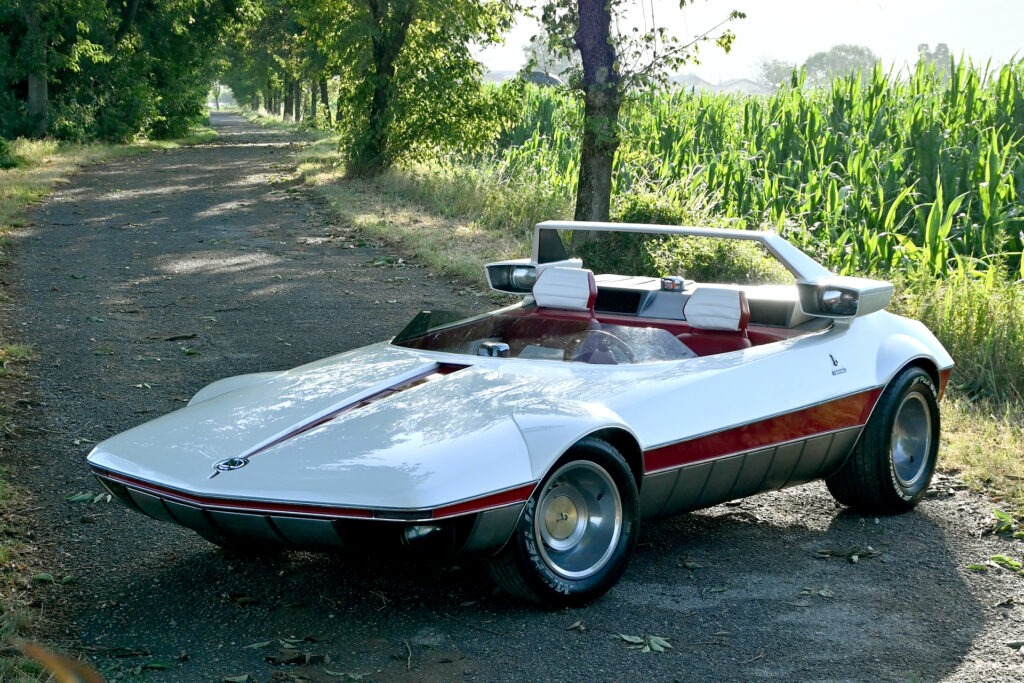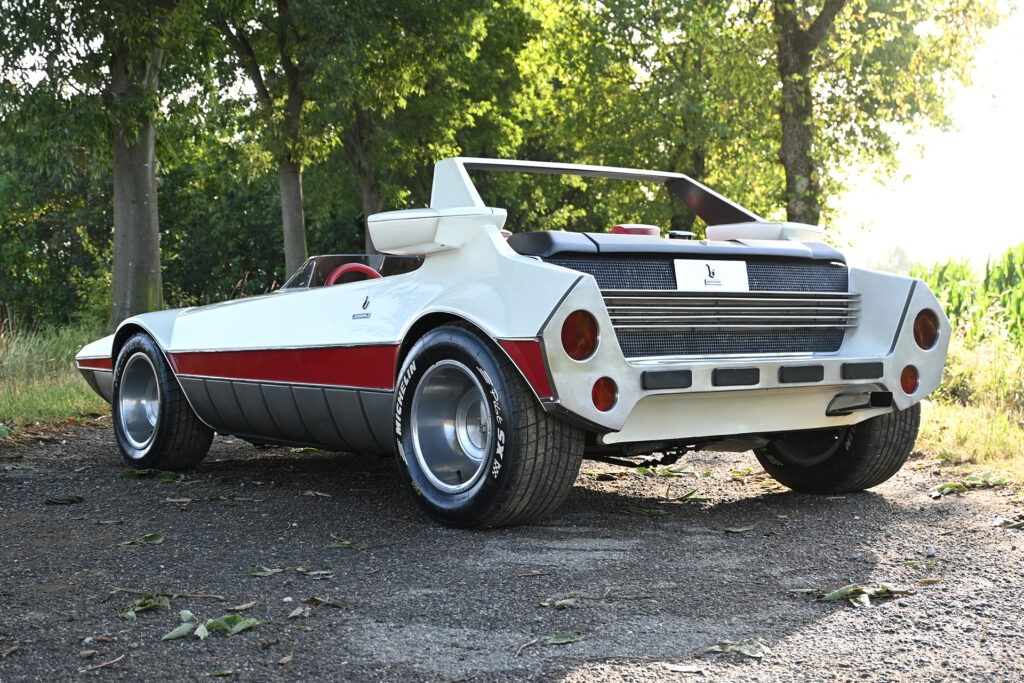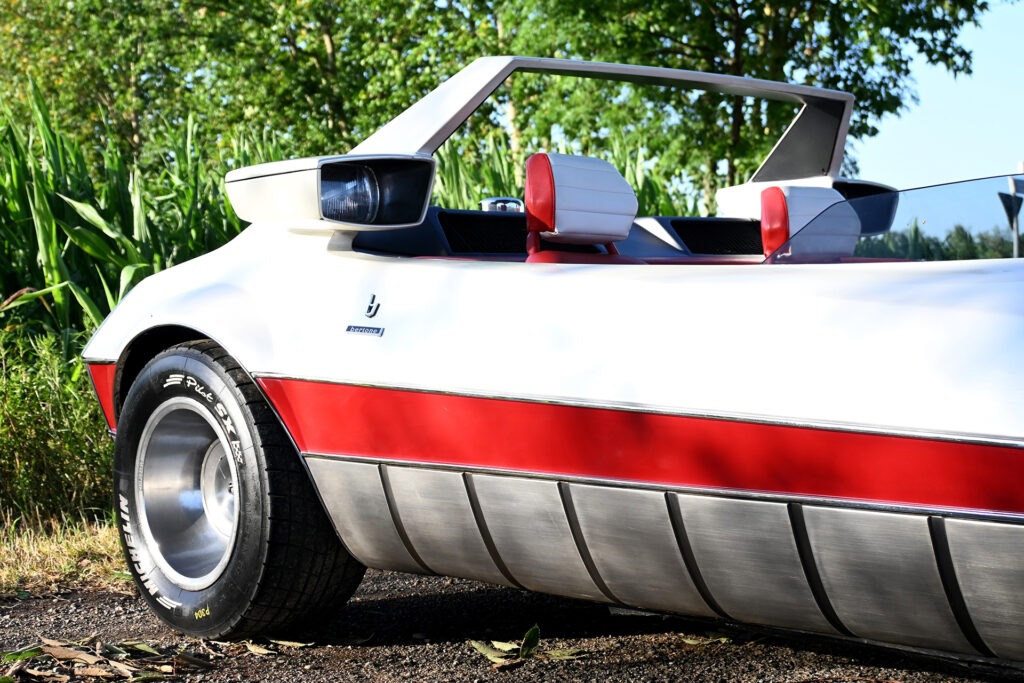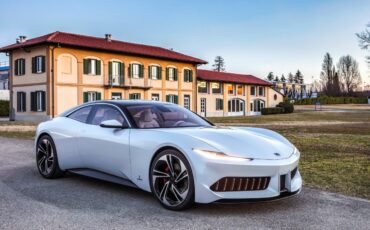
The ASI Bertone Collection confirms itself as an attraction of world interest and its one-off’s are requested by the most exclusive events worldwide such as the Pebble Beach Concours d’Elegance in California, which for the 71st edition scheduled for next 21 August requested the futuristic Bertone Runabout from 1969, placing it in the “Postwar Preservation” category dedicated to preserved post-war cars.
This perfectly preserved and functioning prototype was presented at the 1969 Turin International Motor Show in the Bertone stand. It was an style exercise penned by the designer Marcello Gandini which three years later inspired the compact sports car Fiat X1/9.

The Autobianchi Runabout has a nautical-inspired style, with a sleek line that recalls the racing boats. The small windshield, the lack of doors and the roll bar behind the two seats underline its sporty character and essentiality devoted to pure driving pleasure. Prominent elements are the front headlamps mounted laterally on the rollbar, which leave the wedge-shaped front completely clear. The cockpit is also devoted to essentiality, with only the speedometer on the dashboard also in nautical style.
The mechanical architecture of the Runabout includes the 4-cylinder 1,116 cc engine of the contemporary Fiat 128 mounted in the rear-center position.
The Autobianchi Runabout will be also protagonist in our newest Youtube series “Gentleman Garage” which will be out next autumn. The first episode will be aired in September with upcoming new episodes every Monday. So make sure to subscribe to our Youtube channel.

It is not the first time that the cars of the ASI Bertone Collection have crossed Italian borders to underline the stylistic talent of the many designers launched by Nuccio Bertone. In fact, in 2019, the 1976 Ferrari Rainbow took part at the Chantilly Arts & Elegance Competition in France. At the beginning of 2020, the Alfa Romeo Bella, the Lotus Emotion, the Porsche Karisma, the Chevrolet Corvette Ramarro, the Cadillac Villa, the BMW Birusa were the protagonists of the exhibition “Concept Cars: the Great Beauty” set up at Erarta Museum of Contemporary Art in St. Petersburg. In the same year, the ASI Bertone Collection took part at the Retromobile international show in Paris.
The ASI Bertone Collection, acquired by the Federation in 2015, consists of 79 specimens and is protected by the Ministry of Culture. It is currently available to the public in the premises of the Volandia Museum at Milan Malpensa Airport.


